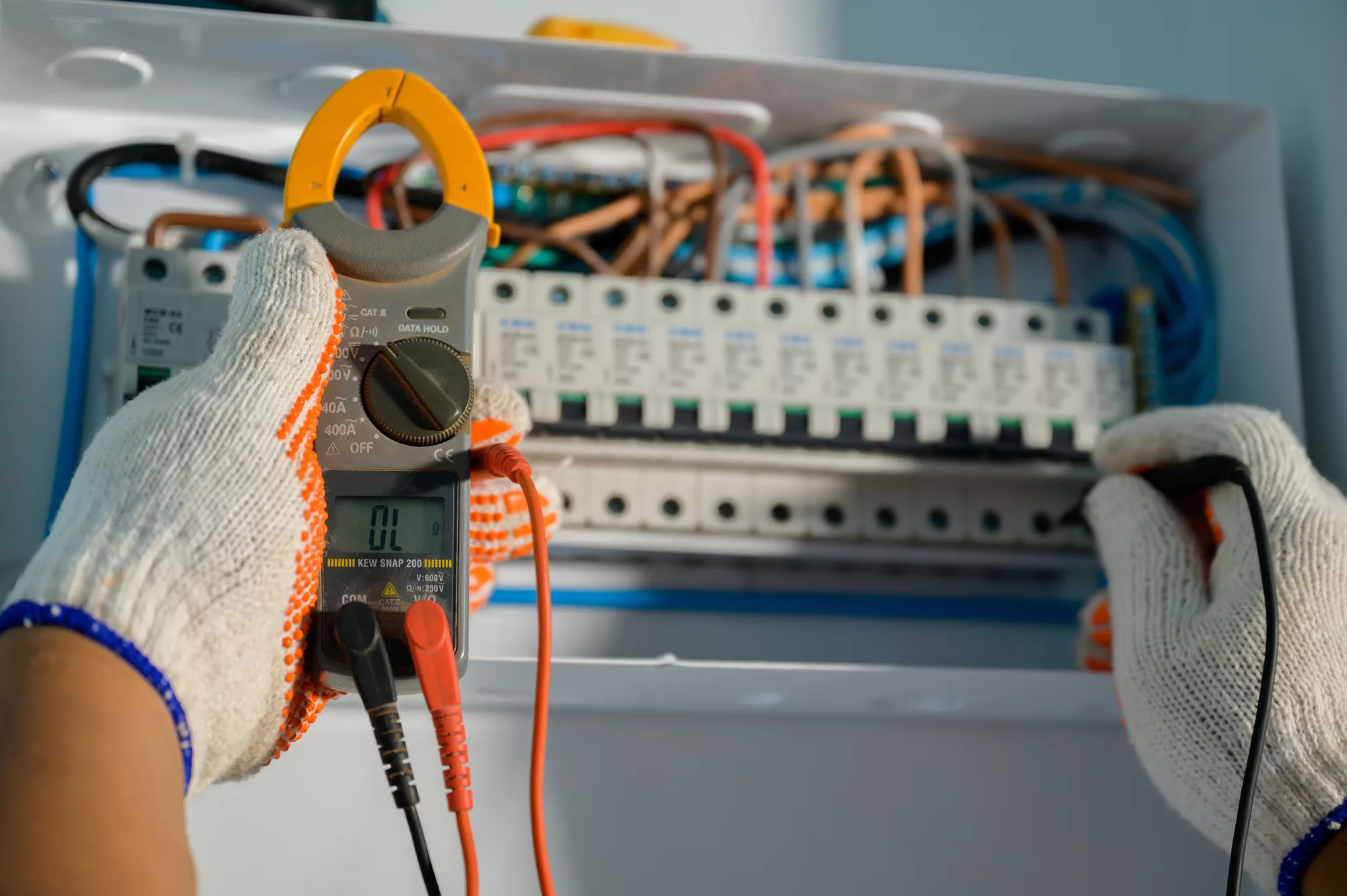Enhancing home safety is a top priority, especially regarding electrical connections.
Without proper planning, a fault in the house’s electrical system could put you at risk.
Therefore, ensuring its professional installation and efficient functioning is crucial.

One of the keys to a safe home electrical system is the Residual Current Device (RCD).
It’s a powerful tool that can prevent electrocution and fire due to an electrical fault.
With the help of professionals, you can maximize the benefits of this device to ease your worries.
To dig deeper, here’s a quick discussion on the vital role of RCD switches in home safety.
The Residual Current Device is a life-saving device designed to prevent deadly electric shocks.
If an electrical circuit has a fault or irregularity, the RCD switch detects it and cuts off the electricity supply almost instantaneously.
This is a crucial feature, as it can keep you safe from electrocution and potential fire hazard.
RCD switches are often confused with circuit breakers and fuses, but there is a crucial difference.
While the latter two devices protect against overloads and short circuits that might cause fire hazards, an RCD is designed primarily to protect people from electrical shocks.
Read Also :
You can find RCD switches in different types, mainly Type AC and Type A RCD.
A Type AC RCD switch is specifically designed to detect and disconnect alternating sinusoidal currents, the standard current type found in most residential and commercial power supplies.
On the other hand, Type A RCD switches also detect pulsating direct currents, making them more versatile and the most suitable RCD type for modern homes.
RCD switches contribute significantly to the safety of home electrical systems. Here’s how they provide an essential layer of protection:
RCD switches are engineered to respond promptly to electrical faults.
Electricity can leak to the earth from the circuit during cable damage or an appliance malfunction, leading to an earth fault.
As the RCD switch detects such faults, it instantly interrupts the electric supply, preventing potential harm.
RCD switches minimize the risk of electric shocks, one of the primary electrical hazards.
They are designed to sense any imbalance in the electric current flowing through a circuit.
If an imbalance occurs, the RCD immediately cuts off the power supply, preventing an electric shock.
Though their main function is to prevent electric shocks, RCD switches also offer protection against electrical fires caused by earth faults.
By rapidly cutting off the power supply in the event of an earth fault, an RCD switch can prevent overheating that could lead to a fire.
Proper installation of RCD switches provides vital protection against accidents and hazards associated with electrical systems.
It emphasizes the importance of immediate action when an electrical fault occurs, making it an integral part of any comprehensive home safety strategy.
Like any other device, RCDs need regular checks to ensure they are in good working condition. Depending on the model and local regulations, manufacturers typically recommend testing quarterly.
Regular testing and maintenance are crucial for the following reasons:
An RCD switch is a proactive safety measure, but it requires maintenance to function correctly. Regular testing verifies that the RCD responds quickly and correctly to electrical faults.
Like any device, RCD switches are subject to wear and tear over time. Regular maintenance checks by a qualified electrician can detect signs of deterioration early, allowing for necessary repairs or replacements to be conducted promptly.
Regular testing and maintenance can help ensure that your RCD switches comply with local safety standards and regulations. An outdated or malfunctioning RCD switch may not meet these standards, potentially putting your home and its occupants at risk.
RCD switches can protect your appliances and electrical circuits. A faulty RCD could allow a fault to persist in your electrical system, which could damage your appliances or cause a fire. Regular testing helps to prevent this.
Carrying out regular tests on RCD switches is straightforward. Most models have a test button that simulates a fault to check if the device cuts off the power.
If the RCD switch fails to disconnect the electricity, it indicates a potential fault, which requires a thorough examination by a qualified electrician.
Through this regular testing and maintenance, RCD switches can continue to serve their crucial role in home safety.
RCD switches are crucial to home safety, providing protection against the risks of fatal electric shocks and fire.
If you plan to upgrade your electrical system, investing in the latest model of RCD switches and conducting routine professional maintenance checks can significantly contribute to your comfort and ease your worries.